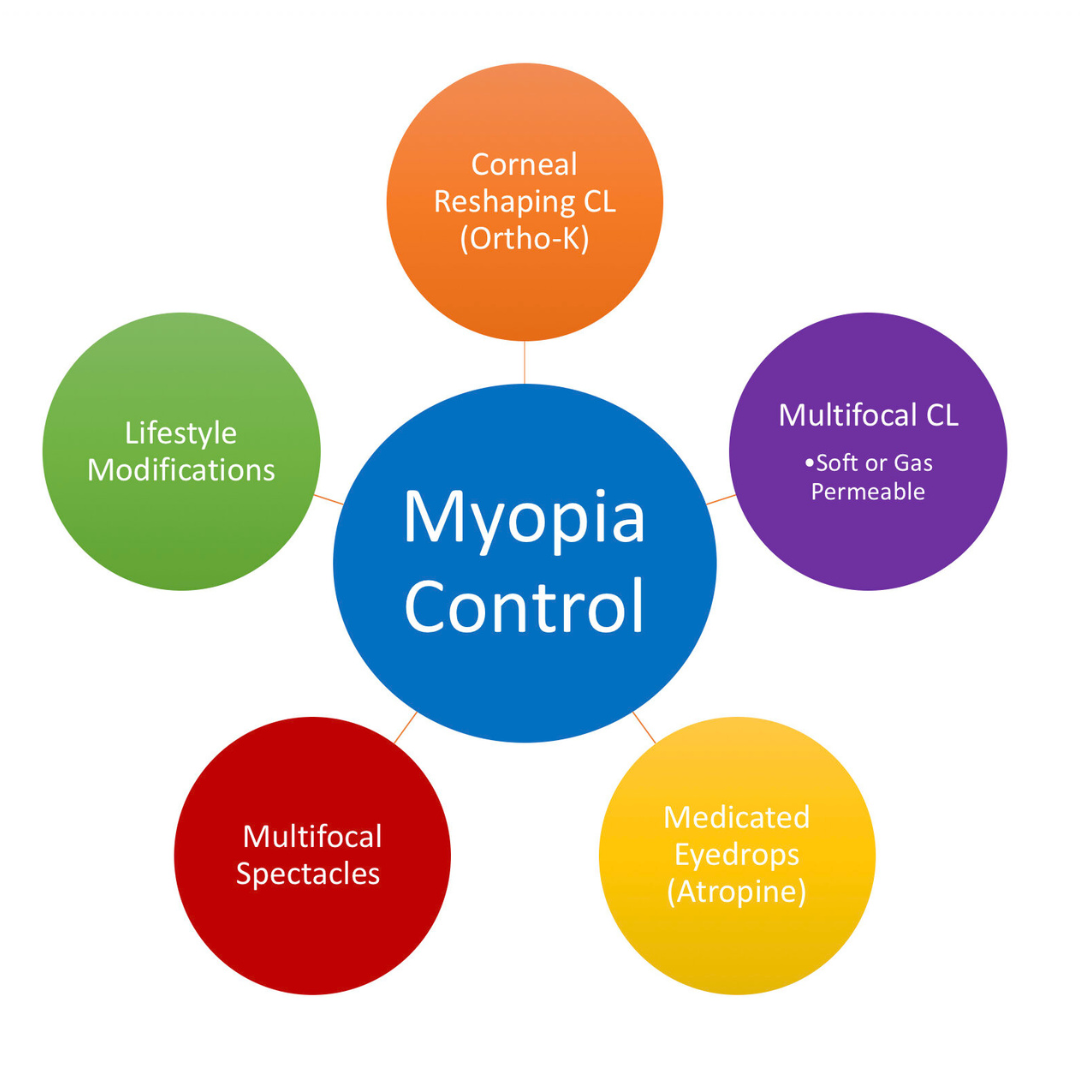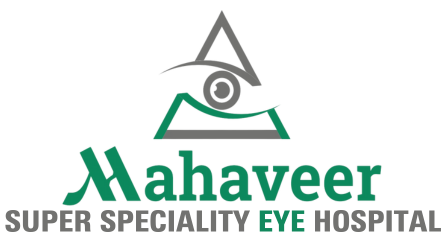पुण्यातील डॉक्टरांनी महाराष्ट्रातील पहिल्या AI-आधारित सर्पिल डिझाईन इन्ट्राओक्युलर...
Read MoreRefractive errors are prevalent in India, affecting a significant portion of the population.
Refractive errors are prevalent in India, affecting a significant portion of the population.
These errors include myopia, hyperopia, astigmatism, and presbyopia, leading to blurred vision and difficulty focusing on near or distant objects. At Mahaveer Eye Hospital, we recognize the impact of refractive errors on daily life and offer advanced treatments to correct vision impairments effectively.

Causes and Symptoms of Refractive Errors
Refractive errors result from irregularities in the shape of the eye, affecting how light bends and focuses. Genetic predisposition, environmental factors, and aging contribute to these conditions.
Refractive errors result from irregularities in the shape of the eye, affecting how light bends and focuses. Genetic predisposition, environmental factors, and aging contribute to these conditions.
What Refractive Vision Looks Like

Presbyopia

Myopia

Hyperopia

Astigmatism
Understanding the Triggers
- A family history of refractive errors significantly increases the likelihood of developing similar vision issues.
- Variations in the length of the eyeball, the shape of the cornea, or the aging of the lens can lead to refractive errors.
- Extensive near work, such as reading or prolonged screen use, can contribute to conditions like myopia.
- Aging can lead to changes in the lens of the eye, often resulting in presbyopia, a type of refractive error.
- Conditions such as diabetes can impact vision and contribute to refractive errors.
Refractive Errors Symptoms
Refractive Errors Symptoms
Blurred
Vision
This is the primary symptom of refractive errors. People with refractive errors may have difficulty seeing objects clearly, whether they are near or far.
Headaches due to
Digital Screens
Refractive errors can cause eye strain and fatigue, leading to frequent headaches, especially during activities that require focused vision like reading.
Eye Strain
& Fatigue
Refractive errors force the eyes to work harder to focus, which can cause eye discomfort, irritation, and a feeling of tiredness or strain.
Squinting or
Closing the eyes
People with refractive errors may squint or partially close their eyes in an attempt to improve their vision and reduce eye strain
Double vision
(Diplopia)
In some cases, refractive errors can cause double vision, where a single object appears as two. This is more common with astigmatism.

Research indicates that genetics, environmental factors, and lifestyle contribute to refractive errors.
Research indicates that genetics, environmental factors, and lifestyle contribute to refractive errors.
Understanding these factors helps in developing targeted treatments and improving outcomes for patients. Refractive errors are a leading cause of visual impairment worldwide, affecting millions across different age groups. Early detection and treatment can prevent progression and improve vision significantly.
Diagnosis of Refractive Errors
Diagnosis involves comprehensive eye examinations, including refraction tests, visual acuity tests, and evaluations using advanced diagnostic equipment. These assessments determine the type and severity of refractive errors.
-
Visual Acuity Testing
This test measures how well you can see at a standardized distance, typically 20 feet away.
-
Refraction
This is the process of determining the precise refractive error in your eyes. It involves using a phoropter, a device with different lenses, to find the lens prescription that provides the clearest vision.
-
Corneal Topography
If the shape of your cornea appears unusual, the eye doctor may use corneal topography to map the surface of your eye.
-
Comprehensive Eye Exam
In addition to the vision tests, the eye doctor will conduct a thorough examination of your eyes, including checking for any underlying eye health issues that may be contributing to your refractive error.

Myopia Control
Refractive errors occur when the eye cannot focus light properly on the retina, resulting in blurred vision. The most common types of refractive errors include myopia (nearsightedness), hyperopia (farsightedness), and astigmatism. Among these, myopia is becoming increasingly prevalent, especially in children and young adults.
Why Myopia Needs To Be Supervised
-
Preventing High Myopia
Early intervention can prevent the progression to high myopia, which significantly increases the risk of severe eye problems.
-
Reducing Risk of Eye Diseases
High myopia is associated with an increased risk of developing glaucoma, cataracts, retinal detachment, and myopic maculopathy.
-
Improving Quality of Life
Effective myopia control can enhance overall quality of life by reducing dependence on corrective lenses and minimizing vision-related limitations.
-
Promoting Eye Health
Regular monitoring and appropriate interventions can help maintain good eye health and prevent long-term complications.

Advanced Treatment Options Offered at
Mahaveer Eye Hospital
Advanced Treatment Options Offered at
Mahaveer Eye Hospital
We employ cutting-edge technology and advanced surgical techniques to treat refractive errors effectively. From personalized LASIK procedures to specialized lens implants, our treatments ensure precise and lasting results.
FAQs
-
How often should I get my eyes checked?
Adults should have an eye exam every 1-2 years, but your doctor may recommend more frequent exams based on your needs.
-
Can refractive errors change over time?
Yes, refractive errors can change with age or other factors, requiring periodic updates to prescriptions.
-
Can refractive errors cause headaches?
Yes, uncorrected refractive errors can cause eye strain and headaches.



